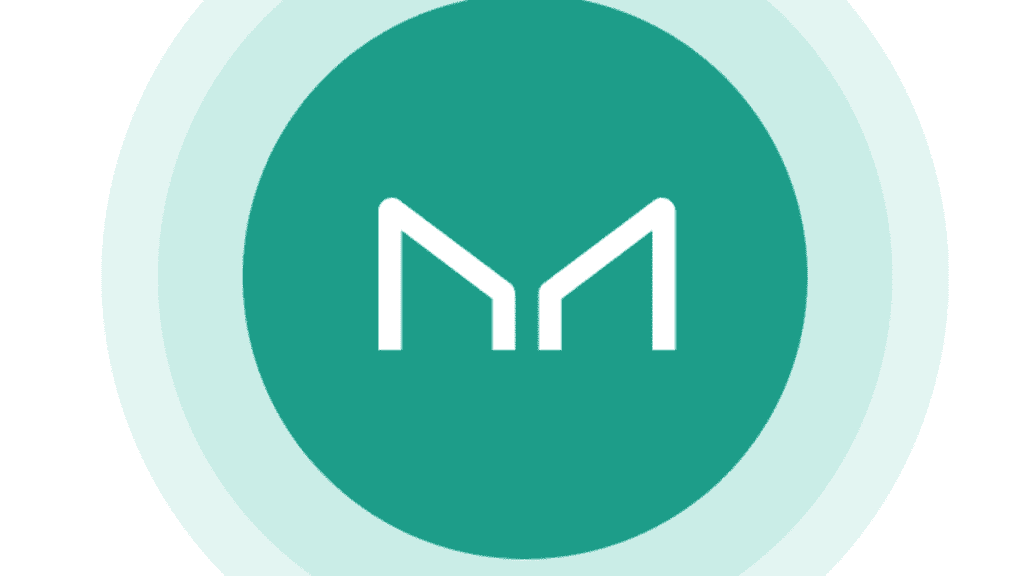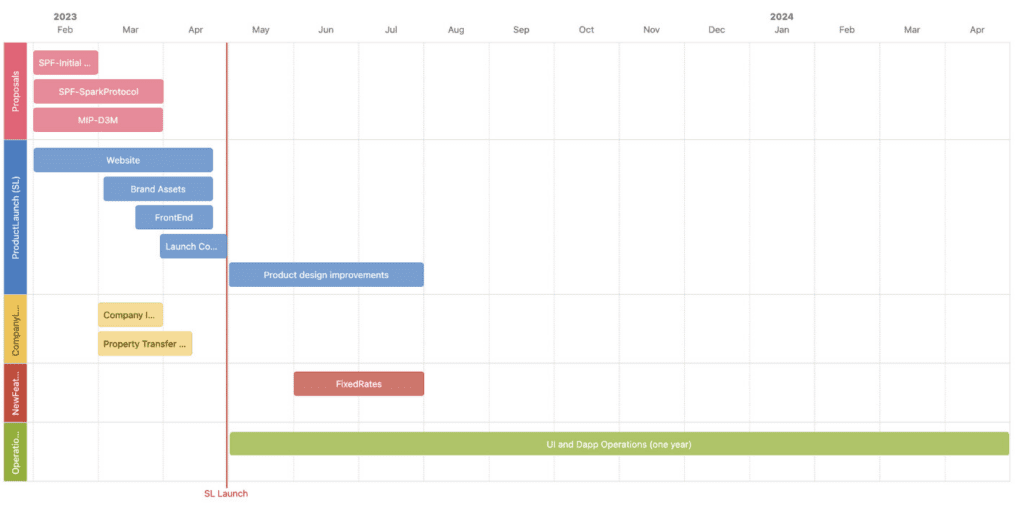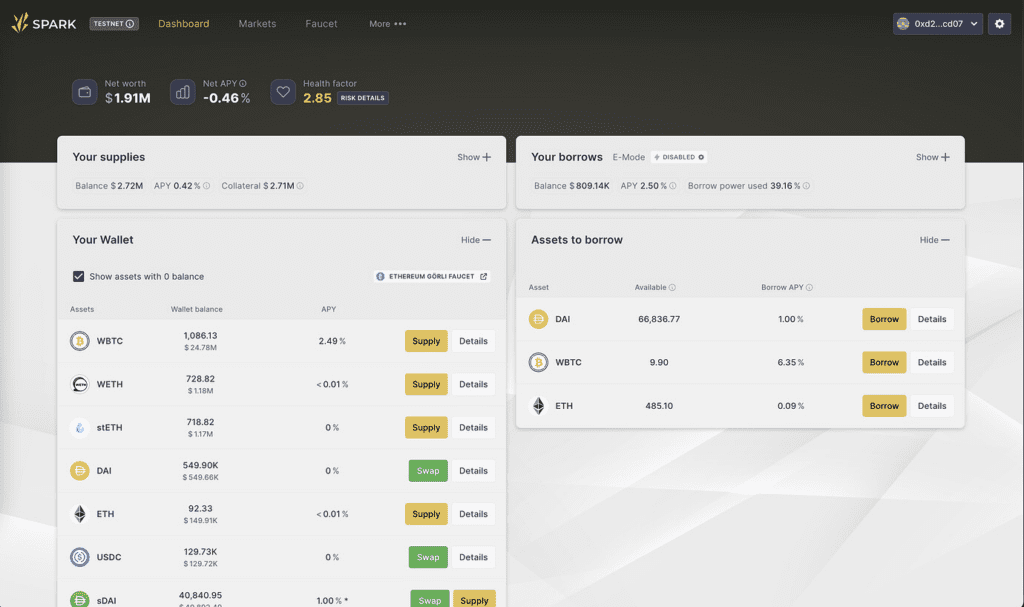As Aave’s stablecoin GHO and Curve’s stablecoin crvUSD are about to be launched, MakerDAO is preparing to expand its lending company through Phoenix Labs and Spark Protocol and enter the liquid collateral market.
On February 9, the MakerDAO Forum announced the establishment of Phoenix Labs and the development of Spark Protocol, which will focus on the decentralized lending market. How will Phoenix Labs and Spark Protocol work and help MakerDAO? At present, there is no detailed information on the official website of Spark Protocol. The following content comes from the understanding of the MakerDAO forum and the Twitter of the founder of Spark Protocol.

What are Phoenix Labs and Spark Protocol?
After the founder of MakerDAO proposed the Endgame plan in June of last year, MakerDAO needed to continue to expand while maintaining maximum flexibility, so some core unit team members of MakerDAO created Phoenix Labs.
Phoenix Labs is a research and development company that aims to introduce new decentralized products to the Maker ecosystem. All products developed by Phoenix Labs will be owned by MakerDAO, which will inherit Maker’s governance system and vote to manage smart contracts through Maker Governance.
Spark Protocol, Phoenix Labs’ first solution, will enable fixed and variable rate lending of crypto assets, support EtherDAI and implement elastic oracles to enhance MakerDAO’s capabilities. After MakerDAO’s Creator SubDAO model is established, Spark Protocol will transition into Creator SubDAO.
The new protocol will be reinforced by pricing oracles, or data sources, provided by Chronicle Labs and Chainlink to enhance security in case one of the two goes down or suffers an exploit.
Spark Lend: A lending market forked from Aave V3
Spark Protocol’s first product is Spark Lend, a lending marketplace with a frontend. According to the official roadmap, the basic functions of Spark Protocol, including product launch, will be completed in April this year. This year will also add fixed-rate lending, elastic oracles, cross-chain support, EtherDAI guidance, etc.

Spark Lend is built on top of Aave V3. Spark Protocol will allocate. 10% of the profits earned in the DAI market to Aave in the next two years after DAI borrowing reaches $100 million. Currently, Spark Protocol has also launched a proposal on the Aave forum.
Spark Lend supports Maker’s D3M and PSM, allowing projects to have cheap liquidity, and others can borrow DAI at the DAI deposit rate (DSR). DSR allows users to deposit DAI and earn deposit interest, which is currently 1% annually. Holders of USDC can also exchange USDC for DAI directly through PSM through the Spark Protocol official website page and obtain interest through DSR.
Spark Lend will focus on highly liquid collateral types and will support lending in the following 5 markets at launch: DAI, ETH, Lido wstETH, WBTC, and DSR-locked DAI. Among them, ETH and wstETH will support the E-Mode of Aave V3, and mortgage wstETH can borrow 98% of ETH, supporting higher leverage.

It is expected that in the second half of this year, Spark Protocol plans to cooperate with Deco, Sense Finance, Element Finance, etc., to support fixed-rate lending.
Guided use of EtherDAI
In the Endgame plan, Maker decided to create EtherDAI, a liquid collateralized derivative (LSD) of ETH. With the Shanghai upgrade approaching, the pledged ETH will be able to be withdrawn, which is considered a good time to enter the LSD track. One of the main purposes of the Spark Protocol also needs to bootstrap the use of EtherDAI.
According to Spark Protocol’s liquid staking scheme, EtherDAI will be similar to Frax Finance‘s liquid staking scheme, and there will be an EtherDAI linked to ETH 1:1 and a yield version sEtherDAI. Since only a portion of staked tokens share all staking rewards, sEtherDAI may have a higher rate of return than other LSDs, just like sfrxETH.
Additionally, EtherDAI will also have a PSM. In Maker, PSM allows tokens such as USDC, GUSD and DAI to be swapped 1:1. Here, PSM will allow ETH or other ETH liquid collateral derivatives to be easily exchanged for EtherDAI.
In order to support the quick start of EtherDAI, Maker can also provide (MKR or DAI) liquidity mining subsidies for EtherDAI.
Issue new tokens
In the previous Endgame discussion, due to Maker’s high staff costs and urgent need for expansion, it was decided to split Maker’s core units into MetaDAOs. Each MetaDAO needs to be responsible for its own profits and losses, and will issue its own tokens. Although Sprak Protocol did not introduce token-related parts in the MakerDAO forum, it may have its own token.
The founder of Phoenix Labs mentioned on Twitter that there will be multiple competitive SubDAOs, and the relevant tokens are associated with the cash flow of SubDAO products, and the revenue generated by Spark Protocol will flow to these token holders. All tokens will be distributed through liquidity mining, there is no pre-allocation.
Then, compared with before, after the establishment of SubDAOs such as Spark Protocol, the cost of Maker will be reduced, and each SubDAO is still working around the Maker ecosystem.
After various SubDAOs issue their own tokens, the original assets in MakerDAO such as MKR and DAI may also become mining tools, which may also be the reason for the recent rise of MKR. Tokens issued by SubDAO may have the right to distribute their own project income.
Conclusion
MakerDAO core unit members established Phoenix Labs and developed Spark Protocol. Spark Protocol will first have a lending market forked from Aave V3, because it supports D3M and PSM, and can obtain liquidity at a low cost. Another important purpose is to guide the use of EtherDAI, Maker’s liquid collateral derivative.
After the establishment of SubDAO, such as Spark Protocol, the cost pressure of MakerDAO may be greatly relieved. SubDAO will issue its own tokens, which are distributed fairly through liquidity mining, and MKR and DAI may become tools for mining.
The $5 billion DAI stablecoin is issued by MakerDAO, one of the biggest DeFi systems, and is backed by around $7 billion in assets in its treasury. With $7.2 billion of total value secured on the platform, Aave is a leading lending protocol. Both protocols are controlled by a DAO through voting, in which token holders for governance can support or reject proposals.
The idea is significant for Maker since Spark is slated to be the first native Maker-based lending interface that allows for direct borrowing from Maker and wallet connections from any cryptocurrency user.
DISCLAIMER: The Information on this website is provided as general market commentary and does not constitute investment advice. We encourage you to do your research before investing.
Join us to keep track of news: https://linktr.ee/coincu
Harold
Coincu News














